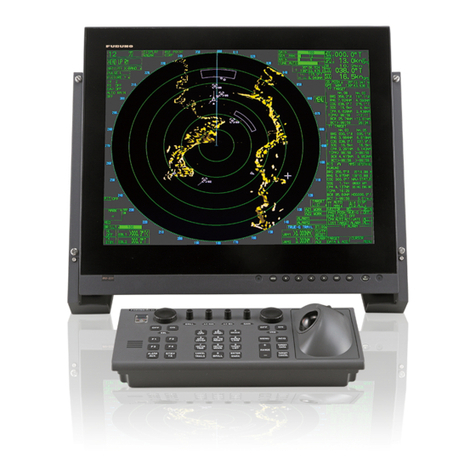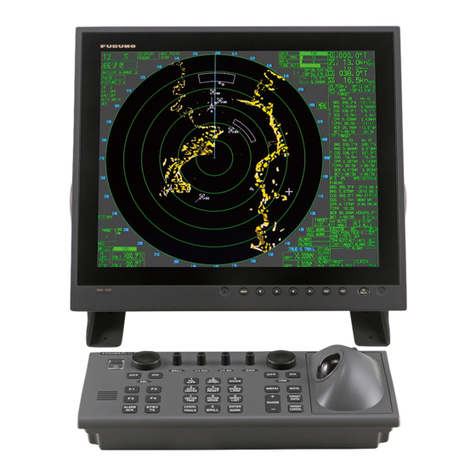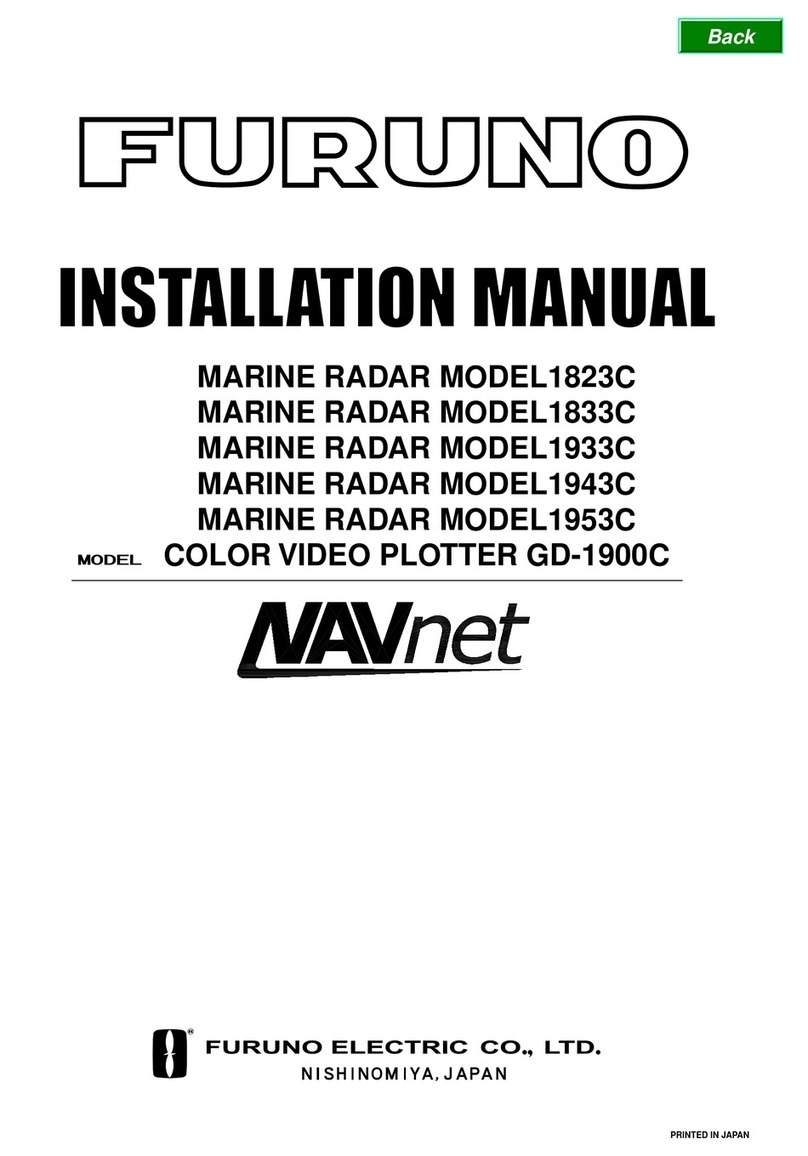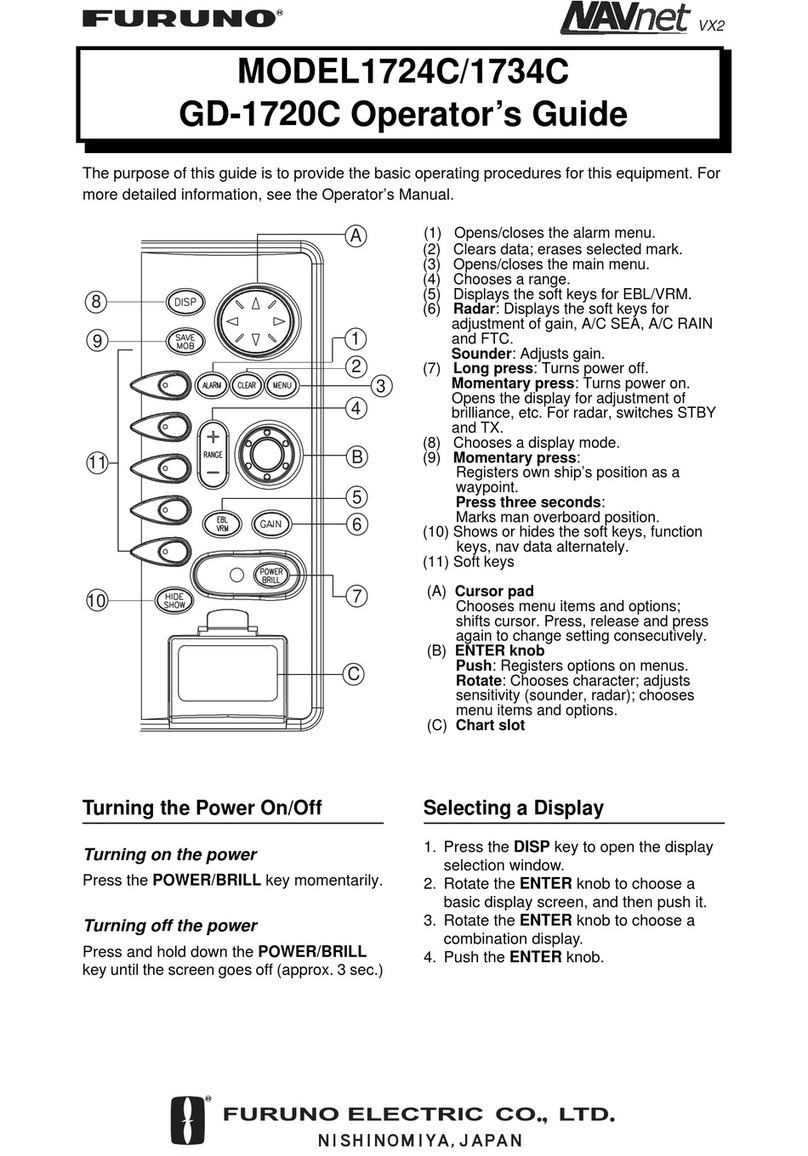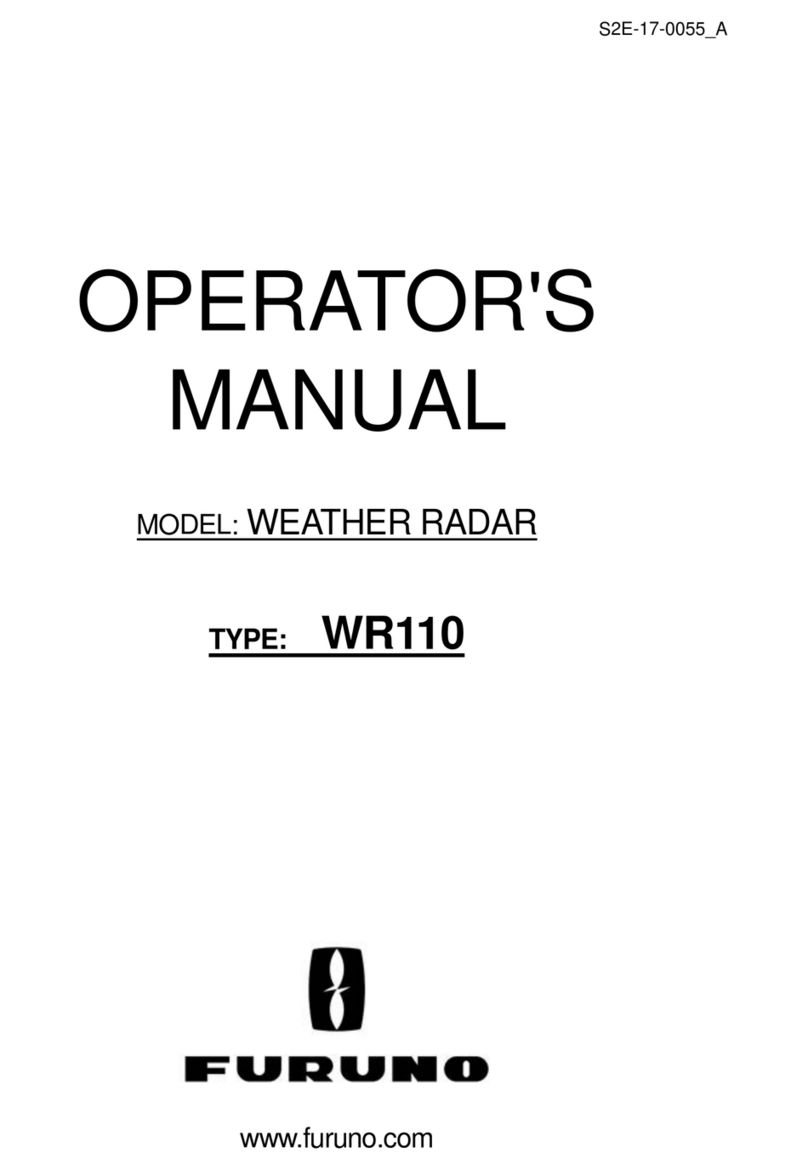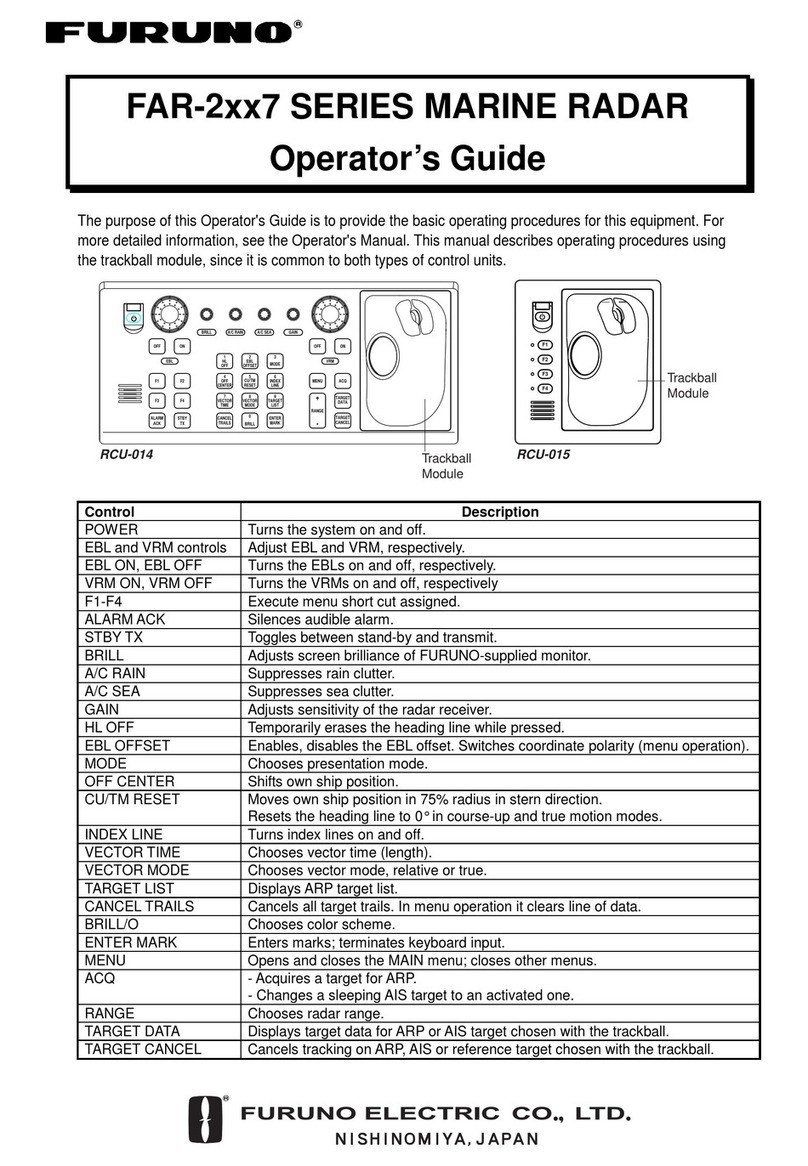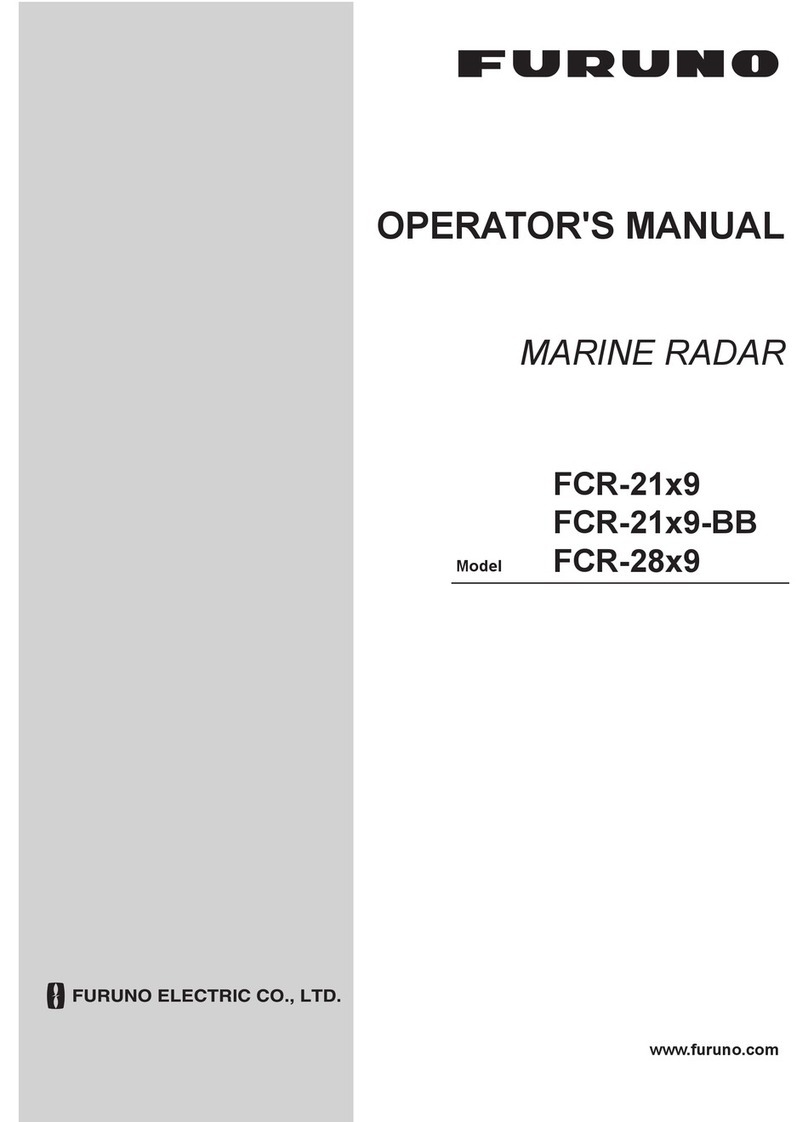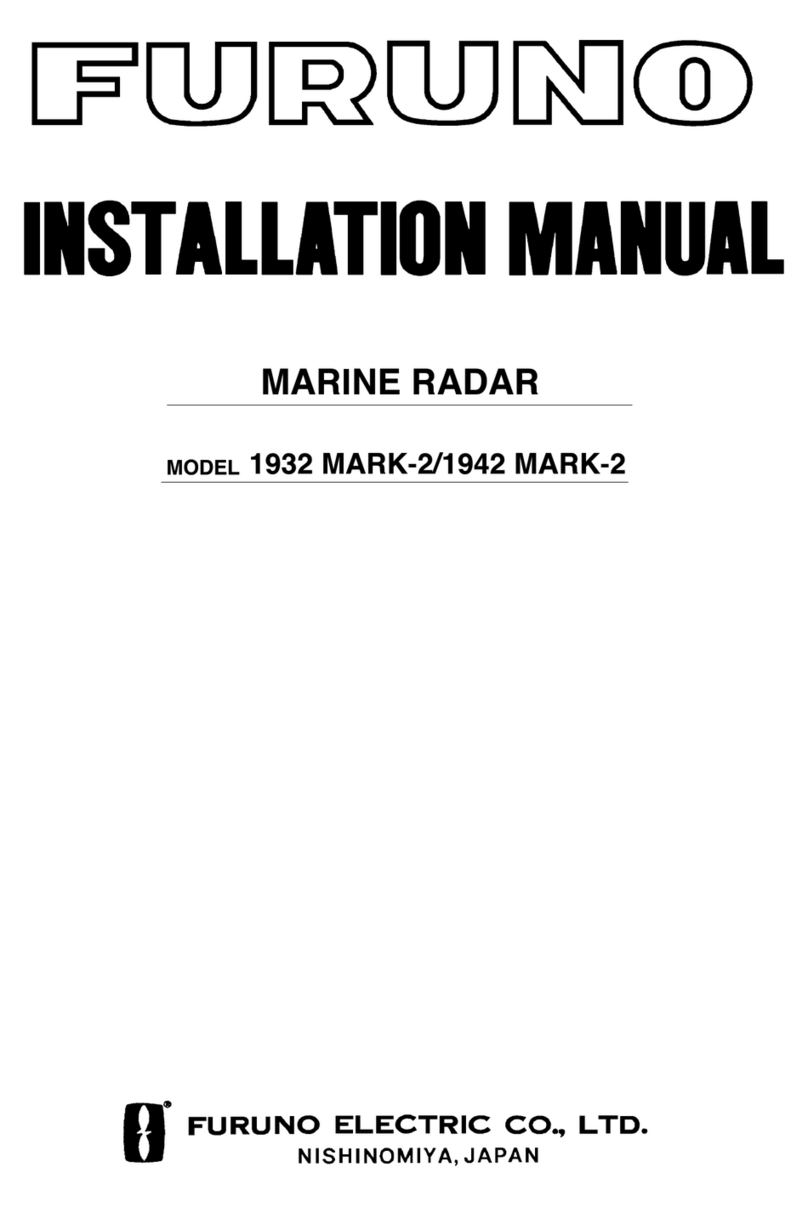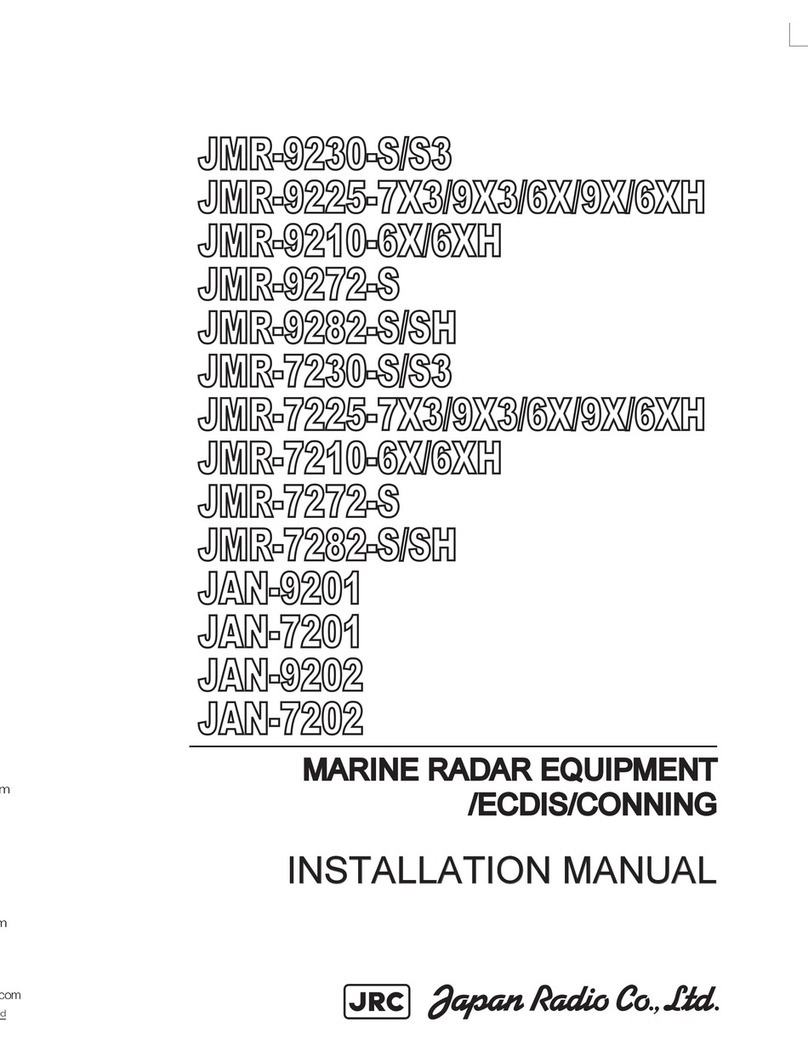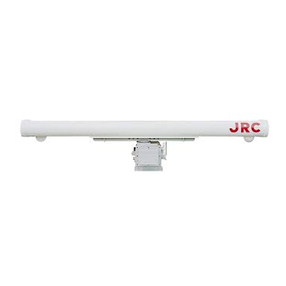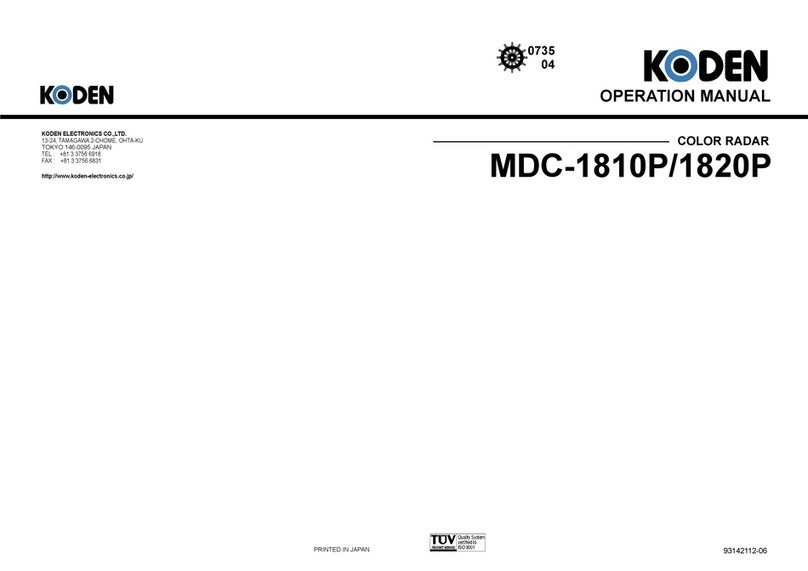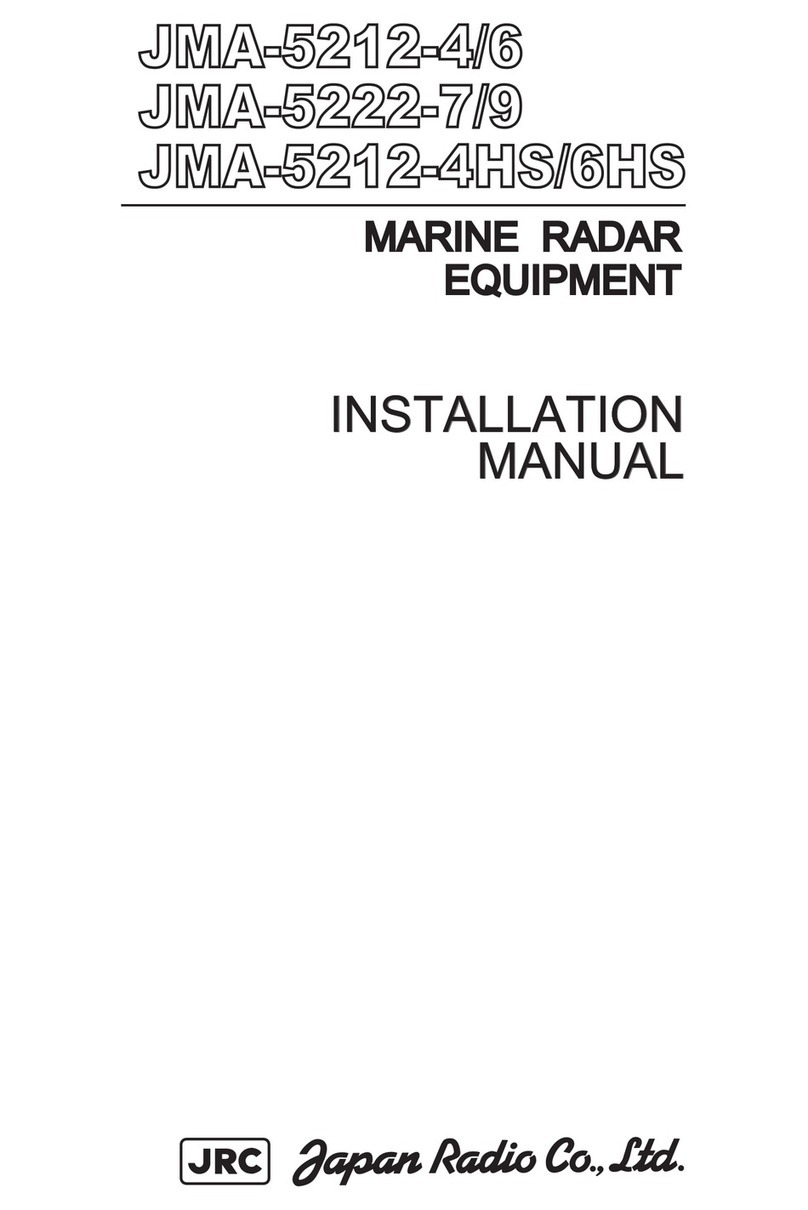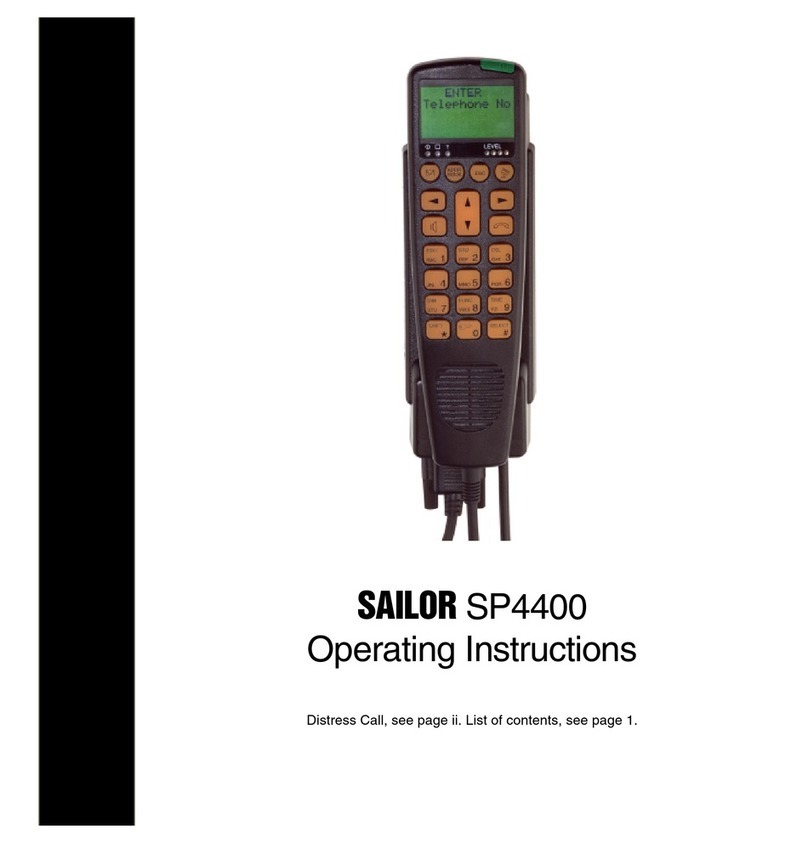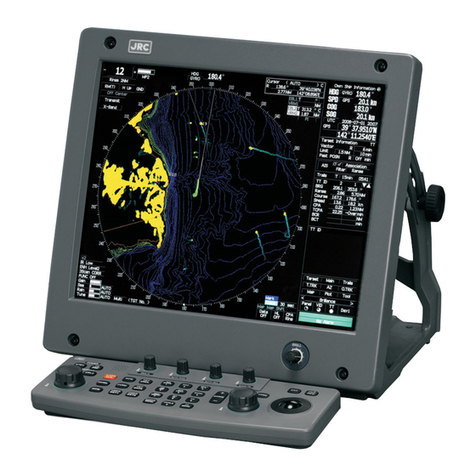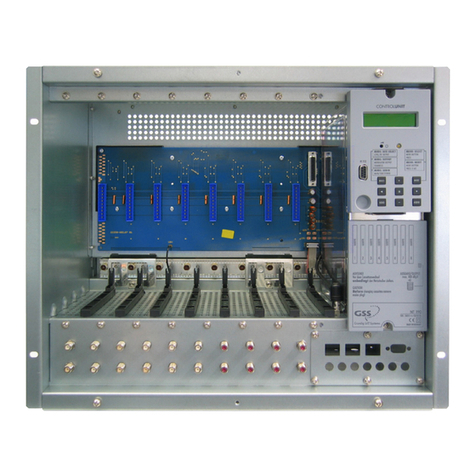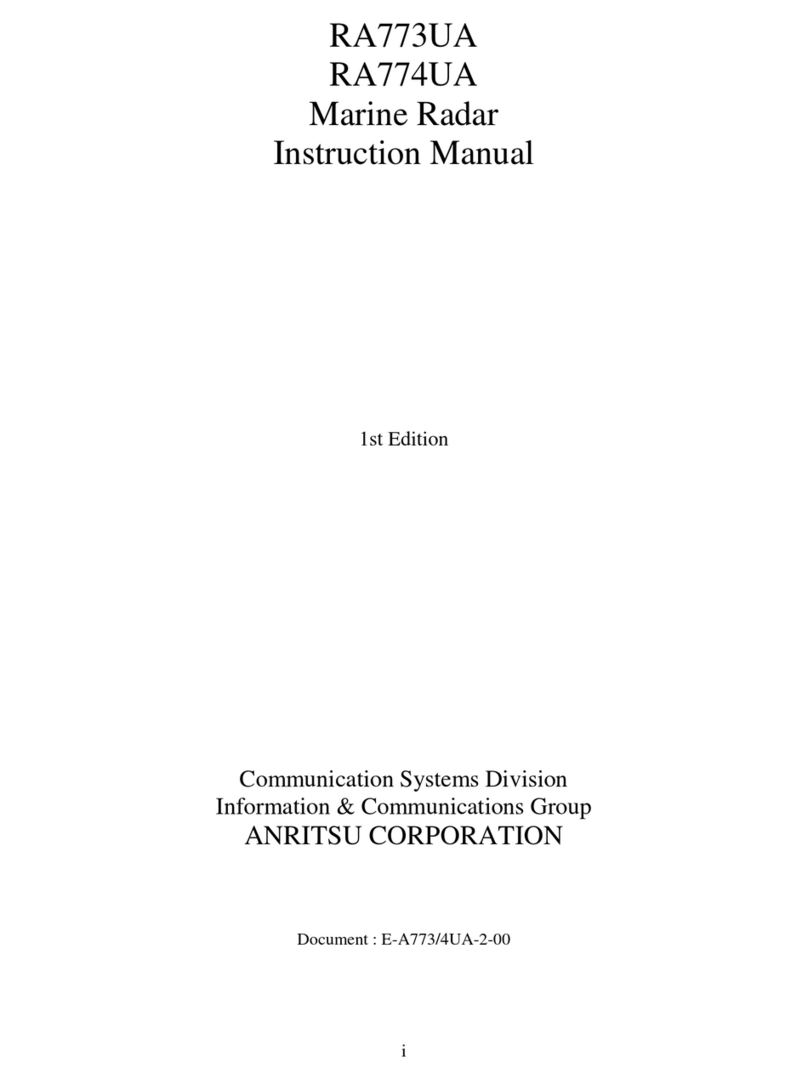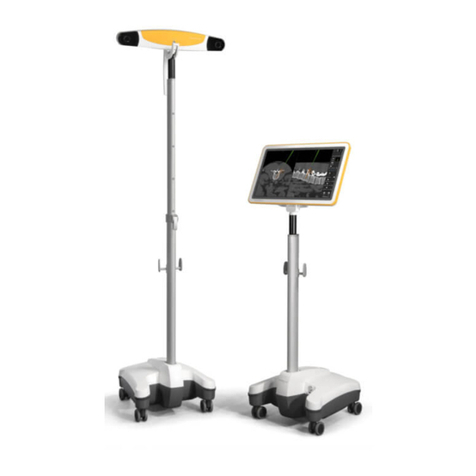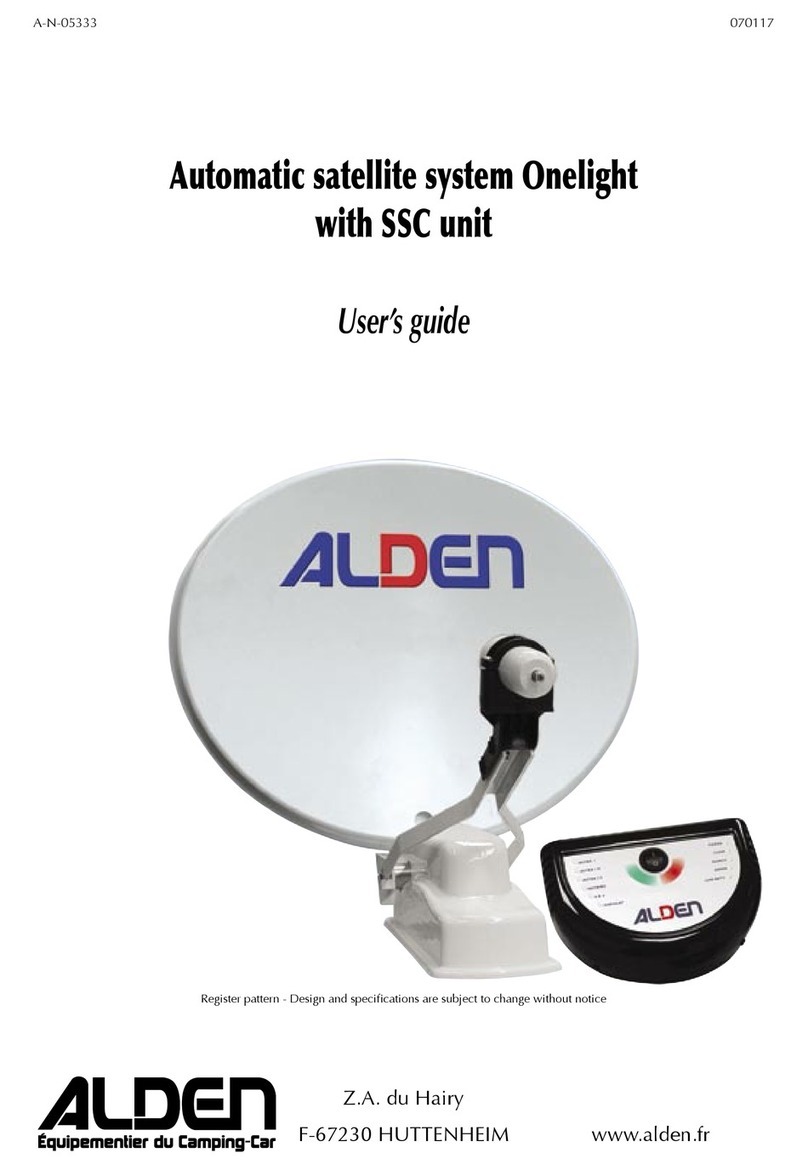
1
1. Introduction
The FR-1500 MARK-3 series radar and the
FR-1710/1725/1760DScanaccommodatean
optional ATA (Automatic Tracking Aid) mod-
ule complying with IMO MSC.64(67) Annex
4andIEC 60872-2.Withthe optionalATAcir-
cuit board (ARP-17) Fitted in the display unit,
theradar willautomaticallyacquire 10targets
coming into the acquisition area. Once a tar-
get is acquired automatically or manually it is
automatically tracked within 0.1 to 32 nm,
whetherinside oroutsidethe acquisitionarea.
2. Criteria of Tracking
A target measuring 800 m or more in the ra-
dial or circumferential direction is regarded
as a landmass and not acquired or tracked.
Echoes smaller than 800 m are regarded as
targets to be tracked.
The FURUNO ARPA ATA video processor
detectstargetsin midstof noise anddiscrimi-
nates radar echoes on the basis of their size.
Target whose echo measurements are
greaterthan thoseofthe largestship inrange
or tangential extent are usually land and are
displayed only as normal radar video. All
smallership-sizedechoeswhichare lessthan
this dimension are further analyzed and re-
garded as ships and displayed as small
circles superimposed over the video echo.
When a target is first displayed, it is shown
as having zero true speed but develops a
course vector as more information is col-
lected. In accordance with the International
Marine Organization Automatic Radar Plot-
ting Aid (IMO ARPA) requirements, an indi-
cationof themotiontrend shouldbe available
within 20 scans of antenna and full vector
accuracy within 60 scans. The FURUNO
ARPAs/ATAs comply with these require-
ments.
OPERATIONAL OVERVIEW
Acquisition and tracking
A target which is hit by 5 consecutive radar
pulses is detected as a radar echo.
Auto acquisition is not defined in paints but
in time, which should be less than 3 s of ini-
tial stage.
Manual acquisition is done by designating a
detected echo with the trackball. Automatic
acquisition is done in the acquisition areas
when a target is detected 5-7 times continu-
ouslydepending uponthecongestion.Track-
ing is achieved when the target is clearly
distinguishable on the display for 5 consecu-
tive or alternate paints out of 10 consecutive
scans whether acquired automatically or
manually.
Targets not detected in 5 consecutive scans
become “lost targets.”
Quantization
The entire picture is converted to a digital
fromcalled“QuantifiedVideo.”Asweep range
is divided into small segments and each
range element is “1” if there is radar echo
return above a threshold level, or “0” if there
is no return.
The digital radar signal is then analyzed by a
ship-sizedecho discriminator.As theantenna
scans,if thereare 5consecutive radarpulses
with 1’s indicating an echo presence at the
exactsamerange, a target“start” is initiated.
Sincereceivernoise israndom, it isnot three
bang correlated, and it is filtered out and not
classified as an echo.
The same is true of radar interference. Elec-
tronic circuits track both the closet and most
distant edges of the echo. At the end of the
scanning of the echo, the discriminator indi-
cates the measured maximum range extent
and total angular extent subtended by the
echo. If the echo is larger than a ship-sized
echo in range extent and/or angular width,
adjustedasa function ofrange,it is declared
www.reelschematic.com
www.reelschematic.com
